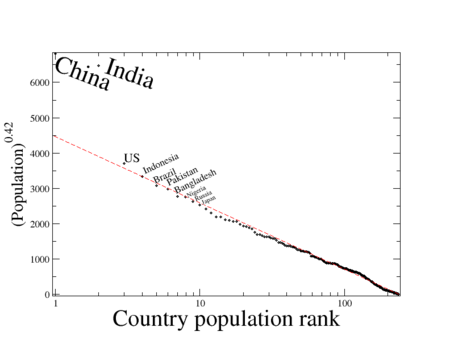Journal of Library Metadata, Special issue: Linked Data, Semantic Web and Libraries (Proposals by March 31, 2013; Full manuscripts by July 10, 2013.)
From the post:
Libraries are finding themselves on the threshold of a “new bibliographic universe.” The Semantic Web, Linked Data, and open access all promise to set library metadata free from its historical constraints. How are libraries preparing for and experimenting with sharing data in this new world of information-set-free? The general aim of this special issue of the Journal of Library Metadata is to access and present current practices, trends, and research in moving library metadata into this new environment.
Recommended topics include, but are not limited to the following:
- Libraries and Linked Data/Semantic Web
- Open access, library metadata and Linked Data/Semantic Web
- Institutional repository metadata and the Semantic Web
- Harvesting and sharing of metadata in the new environment
- Incorporating Linked Data into library information systems
- Authority control, vocabularies and Linked Data/Semantic Web
- Rights and license management in the Semantic Web
- Linked Data and MARC and non-MARC (EAD, Dublin Core, etc.) library metadata
- Migration of MARC and non-MARC library metadata to new systems and platforms
- Conversion and mapping of MARC and non-MARC library metadata to RDF and Linked Data
- Data clean-up in preparation for migration/conversion
Submission Procedure: Researchers and practitioners are invited to submit on or before, March 31, 2013, a proposal (up to 500 words) clearly explaining the objectives and concerns of his or her proposed article. Authors of accepted proposals will be notified shortly about the status of their proposals. Full manuscripts (4000-7000 words) are expected to be submitted by July 10, 2013. All submitted manuscripts will be reviewed on a double-blind review basis. Please forward submissions electronically (Word document) to the guest editor at sheila.bair@wmich.edu.
The journal itself: Journal of Library Metadata.
